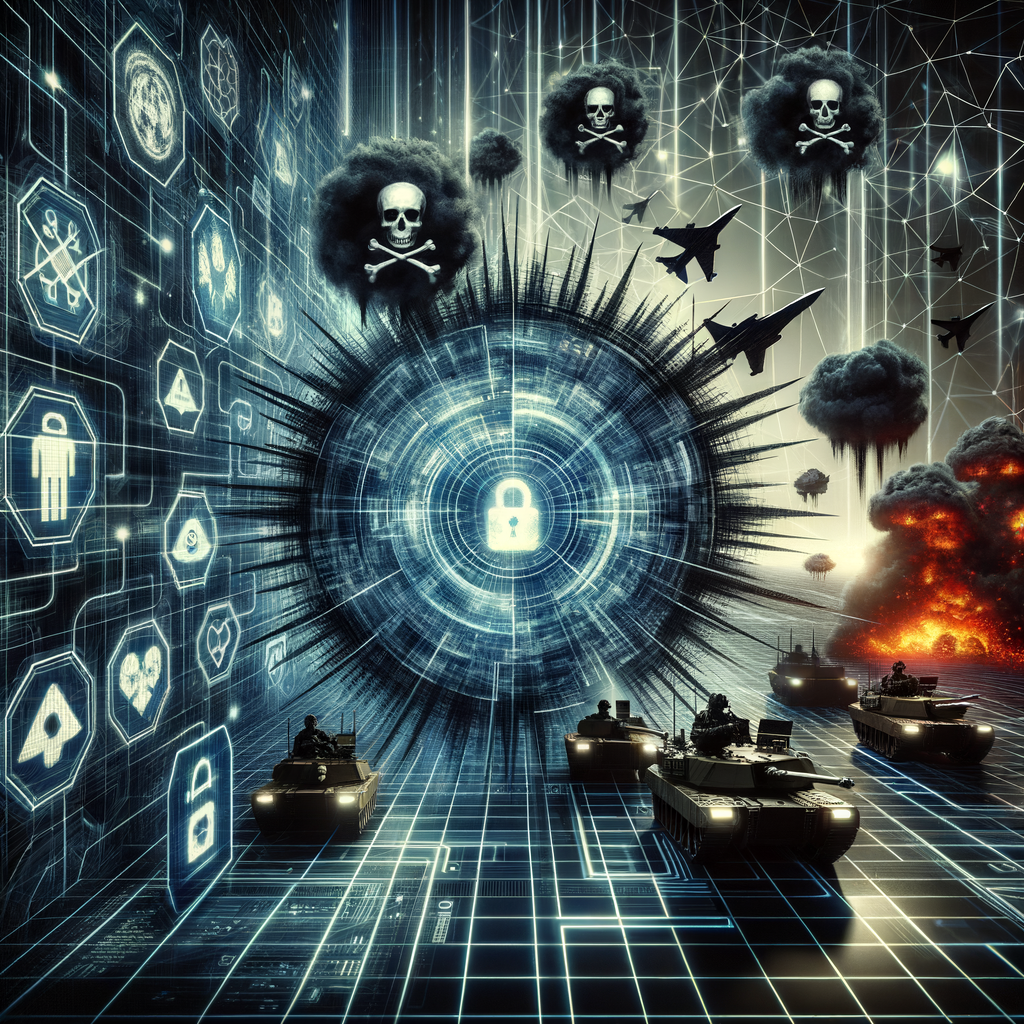
Why Cybersecurity is the Biggest Challenge Facing the Defense Industry Today
The defense industry has always been at the cutting edge of innovation, constantly evolving in the face of emerging threats. But there's one lurking danger that's proving to be more elusive and complex than ever: cybersecurity.
In an era where everything is becoming interconnected, and national defense is increasingly reliant on digital systems, the risk of cyberattacks on defense infrastructure has never been higher. But why is cybersecurity such a massive challenge for the defense sector? What are the key factors that make it so difficult to tackle, and how can the industry stay ahead of these digital threats?
Let’s dive into some of the critical questions and explore the answers.
Why is Cybersecurity So Important in the Defense Industry?
In the defense sector, everything from communications, weapons systems, logistics, and even personnel databases relies on digital networks. As these systems become more interconnected, they become more vulnerable to cyberattacks. A single breach could potentially compromise national security, disrupt critical operations, or worse, expose sensitive data that could fall into the wrong hands.
Just think about it: imagine a scenario where an adversary hacks into a missile defense system or gains access to top-secret intelligence files. The consequences could be catastrophic, both in terms of human lives and geopolitical stability.
Most people think of cybersecurity as someone trying to breach a firewall or hack into a computer. But in the defense industry, the stakes are much, much higher. We're talking about the potential for nation-states, terrorist groups, or cybercriminals to cripple entire defense infrastructures.
What Makes Cybersecurity So Challenging in the Defense Industry?
It’s not just the complexity of the threats—it’s the nature of the defense systems themselves that makes cybersecurity such a tough nut to crack. Here are some of the key factors:
1. Legacy Systems
A lot of defense infrastructure still runs on legacy systems that were designed before cybersecurity was as critical as it is today. These systems weren’t built with modern threats in mind, making them highly vulnerable to cyberattacks.
For example, many military platforms still use older software or hardware systems that aren't compatible with modern cybersecurity protocols. Updating or replacing these systems is often costly and time-consuming, which slows down the modernization process.
2. The Scale of the Networks
Defense networks are vast and multi-layered, often spanning multiple branches of the military and involving various private contractors. With so many moving parts, it’s challenging to secure every endpoint. A breach in one branch or contractor’s system could potentially open the door to access other parts of the network.
Think of it this way: imagine a castle with multiple gates, walls, and towers. If just one gate is compromised, the entire structure is vulnerable. The more expansive and intricate the network, the more difficult it becomes to safeguard.
3. Sophistication of Cyber Threats
We're not just dealing with your average hacker anymore. Nation-states are investing heavily in cyber warfare capabilities, creating highly sophisticated and targeted attacks. These aren’t just random acts of disruption—they're carefully planned, highly strategic, and designed to exploit specific vulnerabilities.
For instance, in 2016, Russian hackers infiltrated the Democratic National Committee's servers, stealing emails and strategically releasing them to influence the U.S. presidential election. But more concerning is the growing risk of similar state-sponsored cyberattacks targeting critical defense infrastructure.
4. Supply Chain Risks
The defense industry relies heavily on an extensive network of suppliers and contractors. But the more links you add to the chain, the more potential points of vulnerability there are.
Consider the 2020 SolarWinds cyberattack, where hackers exploited vulnerabilities in the IT company’s software to gain access to thousands of organizations, including U.S. government agencies. The defense sector is highly susceptible to these types of supply chain attacks, as even a minor contractor breach could provide a gateway to critical defense systems.
5. The Insider Threat
One of the biggest challenges in any industry, but especially in defense, is the insider threat. Whether it's a disgruntled employee or someone who's been compromised, insiders have access to sensitive data and systems, making them a significant risk.
We all remember the Edward Snowden case, right? While not a cyberattack in the traditional sense, Snowden’s release of classified NSA documents showcases the power of an insider with access to sensitive information. In the context of cybersecurity, an insider with malicious intent could wreak havoc on defense networks.
How is the Defense Industry Responding?
So, with all these challenges, how is the defense industry responding to the growing cyber threat?
1. Increased Investment in Cybersecurity
Governments and defense contractors are pouring more money into cybersecurity solutions. In the U.S., for example, the Department of Defense (DoD) has significantly increased its cybersecurity budget in recent years, recognizing the critical importance of protecting its digital infrastructure.
Defense companies are also ramping up their own internal cybersecurity policies, from better encryption to two-factor authentication and regular audits of their systems.
2. Em